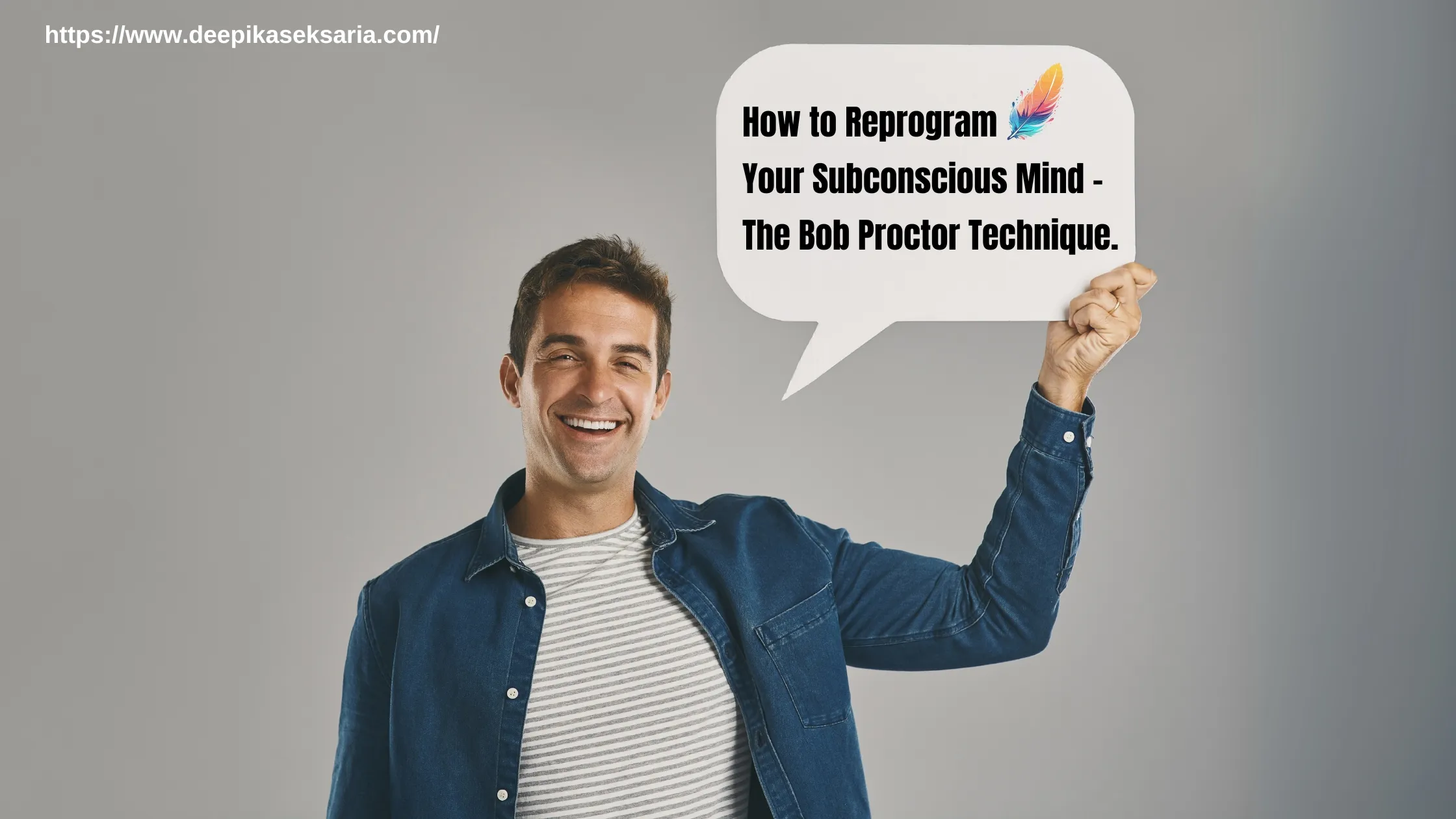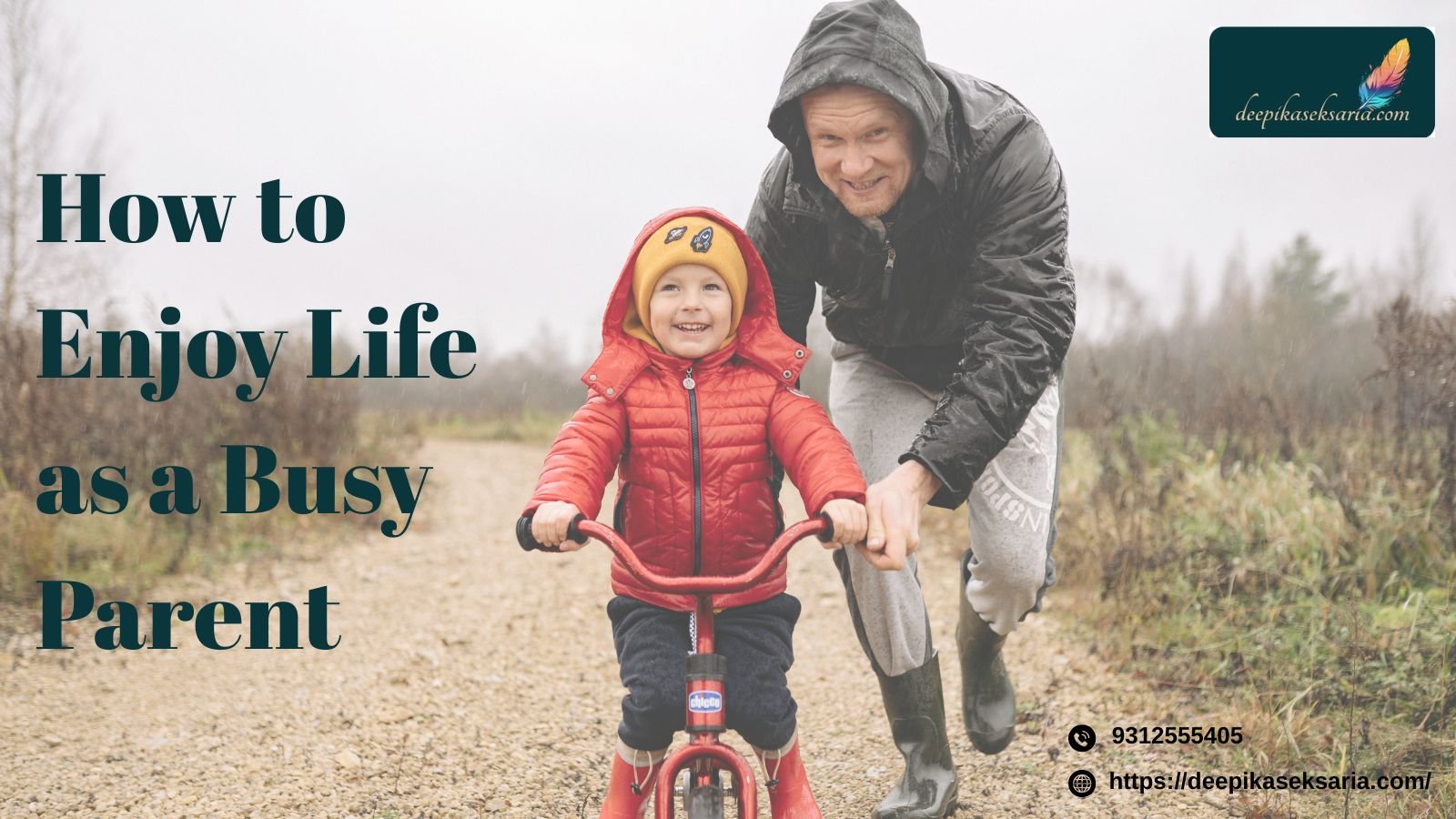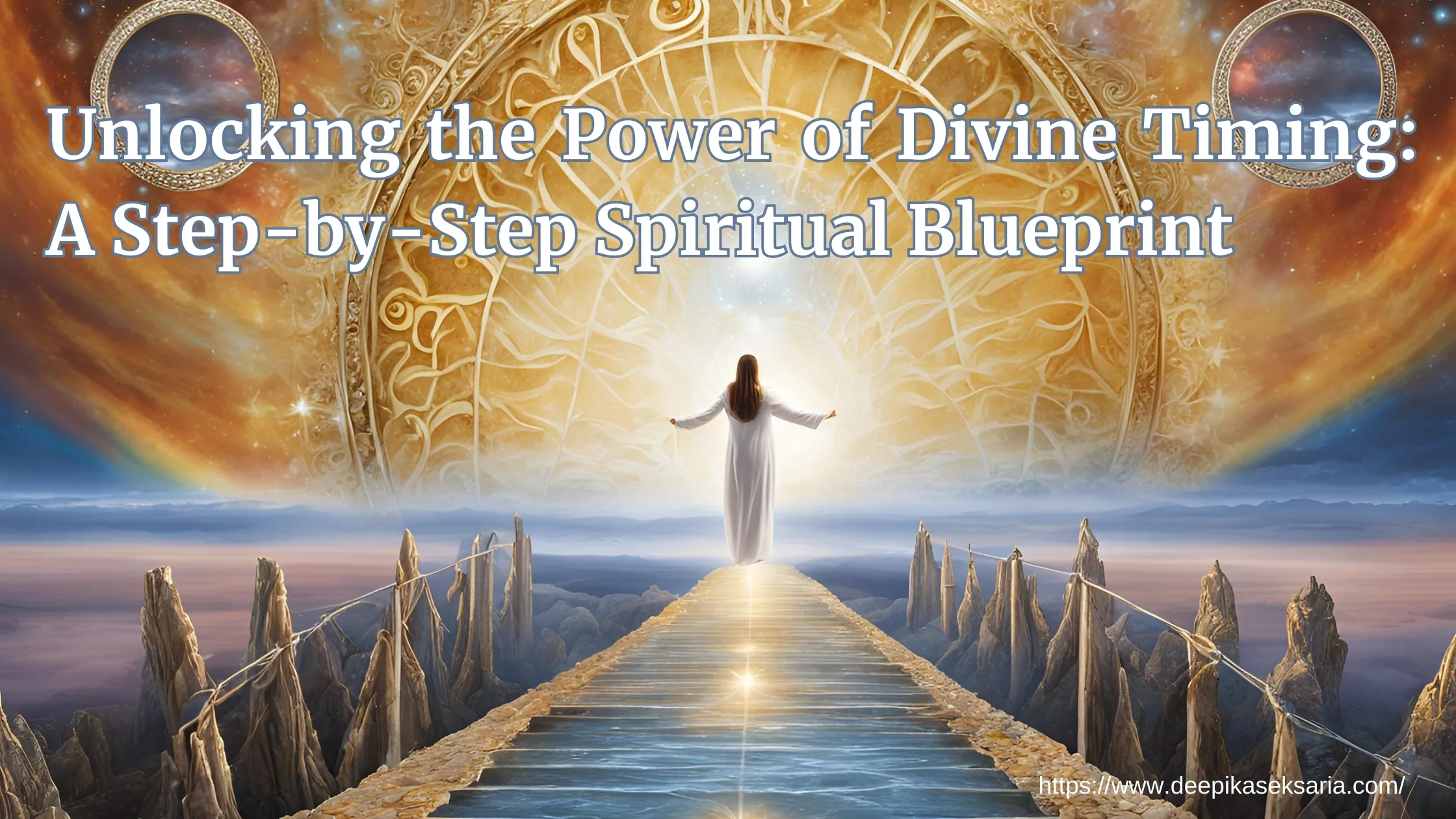Can’t sit still? You’re definitely not alone. If you’ve ever attempted traditional meditation—sitting cross-legged in silence, eyes closed, trying to clear your mind—only to find yourself squirming within minutes, know this: it’s completely normal. The classic image of meditation doesn’t work for everyone, especially those of us who are naturally restless, kinetic, or simply wired for movement. And guess what? That’s perfectly okay.
The great news is that meditation doesn’t have to mean sitting still. In fact, more wellness experts are recognizing that Active meditation—a practice that involves movement—can be just as effective, if not more so, than the still-and-silent approach. For those who find traditional meditation daunting or downright impossible, active meditation provides a dynamic and accessible gateway to mindfulness, presence, and inner peace.
In this post, Deepika Seksaria explains what active meditation is, why it works for people who can’t sit still, and shares several powerful techniques that can help you tune your body, focus your mind, and shift your energy — all without needing to be in one place.
Can’t Sit Still? You’re Not Alone

Let’s face it, sitting quietly with your thoughts can feel impossible. Whether it’s due to anxiety, ADHD, or simply an energetic personality, staying motionless isn’t always natural. Some people feel agitated or even more stressed when trying to meditate in silence. Fortunately, active meditation recognizes that stillness can be found through flow. If sitting cross-legged on a cushion isn’t your thing, there are other ways to tap into mindfulness.
What Is Active Meditation?

Active meditation is exactly what it sounds like: meditation in motion. It involves physical movement paired with intentional awareness, helping you anchor your focus in the present moment. Unlike passive meditation, where you focus inward while staying still, active forms allow you to use your body as a vessel for mindfulness.
Instead of resisting restlessness, active meditation embraces it. It transforms your urge to move into a tool for mental clarity, Here’s what How to do meditation.
Why Do Some People Struggle with Sitting Meditation?
Let’s get real — modern life doesn’t lend itself well to stillness. We’re used to go-go-go routines, multi-tasking, screen-scrolling, and external stimuli. For those with ADHD, anxiety, high energy levels, or trauma-related tension, the traditional seated style of meditation can actually feel more stressful than helpful.
That doesn’t mean meditation isn’t for you. It just means you might need a different entry point — one that fits your wiring, not fights it.
Why Active Meditation Works for Restless Minds
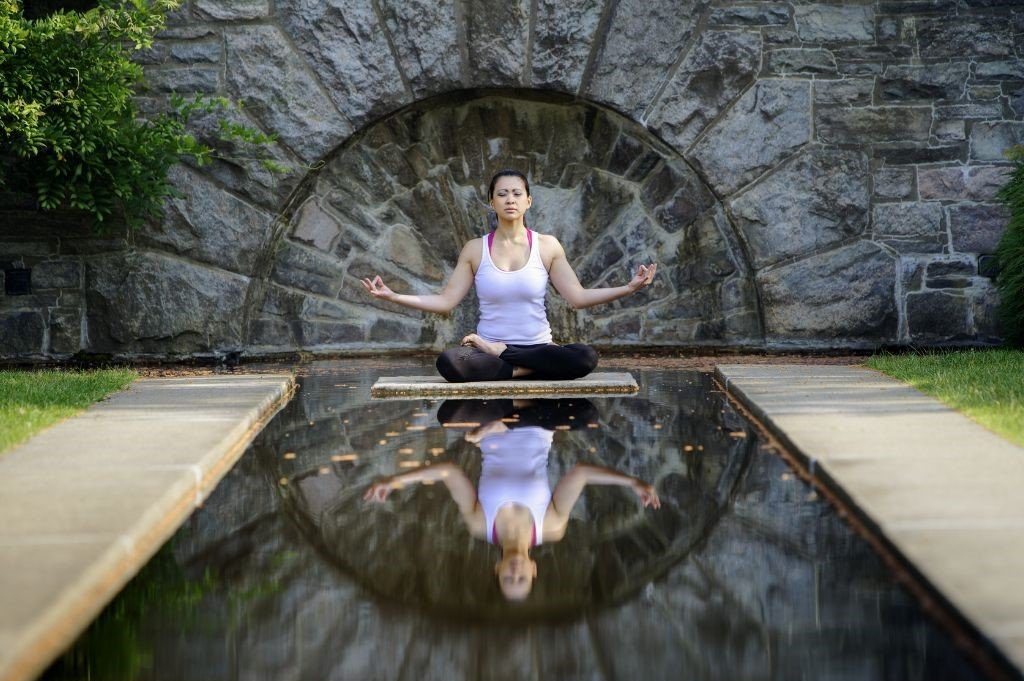
For those who struggle to sit still, active meditation can be incredibly liberating. Here’s why it works:
1. Engages the Body, Calms the Mind
The mind is a tough thing to quiet—especially when it’s not occupied. Engaging the body through movement channels energy and can naturally reduce mental noise. As your body moves, your focus shifts from your thoughts to your actions, bringing you into the present.
2. Accessible for Different Temperaments
Not everyone thrives in stillness. Active meditation caters to people who are more physically inclined, neurodivergent, or simply too anxious to benefit from sitting quietly. It allows you to meet yourself where you are rather than forcing a mold that doesn’t fit.
3. Regulates Emotions
Movement releases endorphins and helps regulate the nervous system. For people dealing with stress, trauma, or anxiety, moving meditations can provide a safer, more effective way to process and release pent-up emotions.
4. Creates Sustainable Habits
If you’ve tried and failed to build a daily meditation habit, it might not be your fault—it might just be the method. Active meditation can be more enjoyable, which makes you more likely to stick with it. And consistency is key when it comes to mindfulness.
Why Choose Active Meditation?

Before diving into the techniques, let’s look at why active meditation might be the best fit for you:
-
You’re physically restless. If sitting still feels torturous, movement-based meditation allows your body to participate in mindfulness rather than fight against it.
-
You have a busy schedule. Walking to work or doing yoga at home can double as meditation without adding to your to-do list.
-
It helps manage stress and anxiety. Physical activity naturally reduces cortisol levels, and combining it with mindfulness enhances the calming effect.
-
It improves focus and awareness. Active meditation keeps your mind engaged, reducing wandering thoughts and increasing concentration.
1. Walking Meditation

Walking meditation is one of the simplest and most effective forms of active meditation. It’s exactly what it sounds like: bringing full awareness to the act of walking.
How to Practice:
-
Choose a quiet path or trail.
-
Walk slowly and deliberately, paying attention to each step.
-
Notice the sensation of your feet touching the ground, your breathing, and the movement of your body.
-
If your mind wanders, gently bring your attention back to your steps.
This practice is especially effective in natural settings like parks or forests, where the calming environment supports mindfulness.
2. Yoga as Meditation

Yoga is often viewed as a physical workout, but at its core, it’s a moving meditation. The combination of breath control, intentional movement, and mental focus makes yoga a powerful active meditation technique.
Best Styles for Meditation:
-
Hatha Yoga for beginners and slow-paced movement.
-
Vinyasa Yoga for a more dynamic, flowing practice.
-
Yin Yoga for deep stretches and mindfulness.
Tips:
-
Focus on your breath during each pose.
-
Transition slowly and mindfully between postures.
-
Use guided videos or attend classes that emphasize mindfulness.
3. Dance Meditation
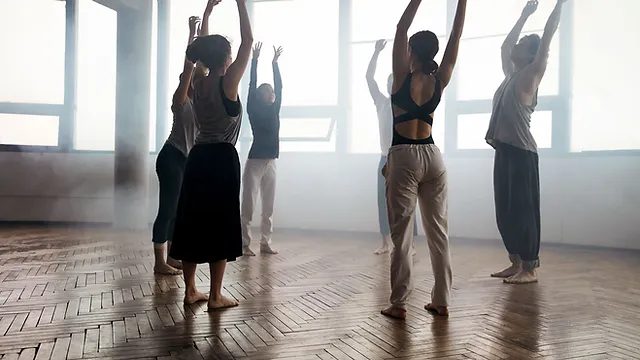
Dance meditation, also known as ecstatic dance or mindful movement, is about freeing your body and letting emotions flow through movement. It’s liberating, energizing, and deeply therapeutic.
How to Start:
-
Put on instrumental or rhythmic music.
-
Close your eyes and begin moving freely, without judgment.
-
Focus on how your body feels and expresses itself.
-
Let go of thoughts and let the music guide you.
Dance meditation isn’t about performance; it’s about emotional release, presence, and self-connection.
4. Running Meditation

For those who love cardio, running meditation is a fantastic way to combine movement with mindfulness. It may sound contradictory — running fast and meditating — but it’s possible with practice.
Key Elements:
-
Breath awareness: Sync your breath with your stride.
-
Mantra repetition: Repeat a calming phrase with each step.
-
Sensory focus: Tune into the sounds around you, the feeling of wind, and your heartbeat.
Instead of racing or setting a pace, approach your run as a journey into the present moment.
5. Tai Chi and Qigong

Tai Chi and Qigong are ancient Chinese practices that blend slow, flowing movements with breath control and deep focus. These martial-arts-based systems are often referred to as “meditation in motion.”
Benefits:
-
Enhances balance and coordination
-
Reduces stress and blood pressure
-
Promotes internal energy flow and physical awareness
These practices can be especially helpful for older adults or those recovering from injury, providing a low-impact path to mindfulness.
6. Cleaning and Chores as Meditation
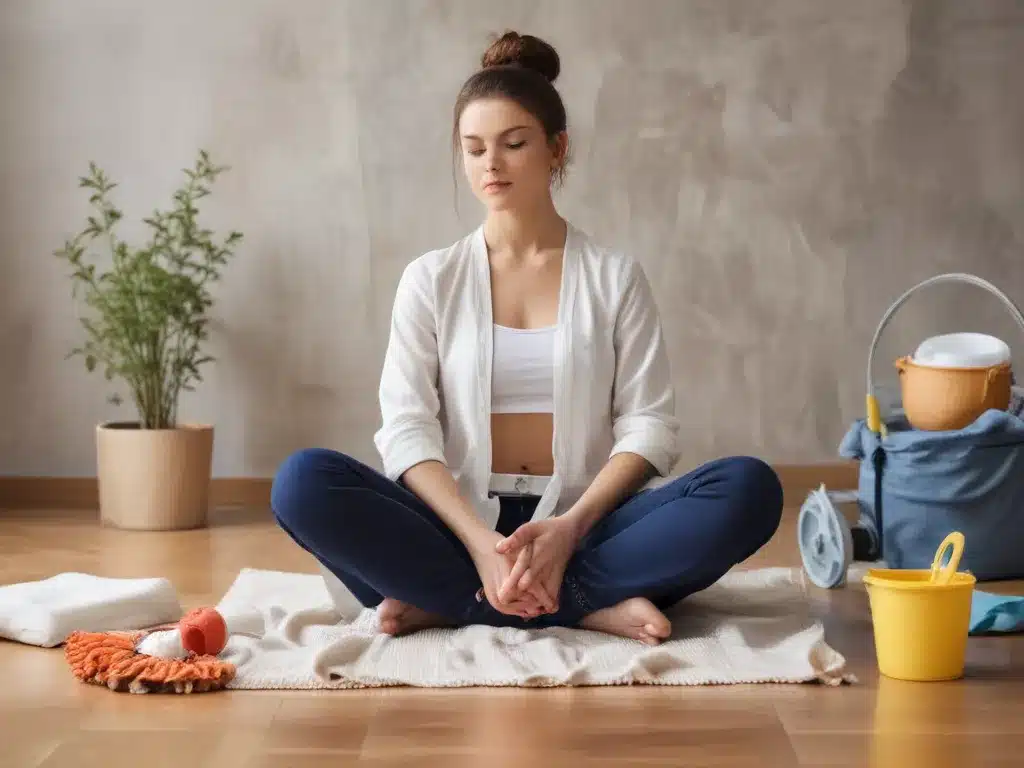
Mindfulness doesn’t need to happen on a yoga mat or trail. Even mundane tasks like washing dishes, vacuuming, or folding laundry can become active meditation practices.
Mindful Chores Checklist:
-
Focus on your hands’ movements.
-
Notice textures, temperatures, and sounds.
-
Keep your mind from drifting by narrating your actions internally.
-
Breathe slowly and deeply as you clean.
The key is presence — transforming routine actions into mindful rituals.
7. Creative Arts Meditation

How to Practice:
-
Set aside quiet time without distractions.
-
Don’t aim for perfection — focus on process, not outcome.
-
Let your hands move intuitively.
-
Observe your emotions and thoughts as they flow into your creation.
Art meditation is excellent for self-discovery and emotional healing.
8. Breath-Centric Movement
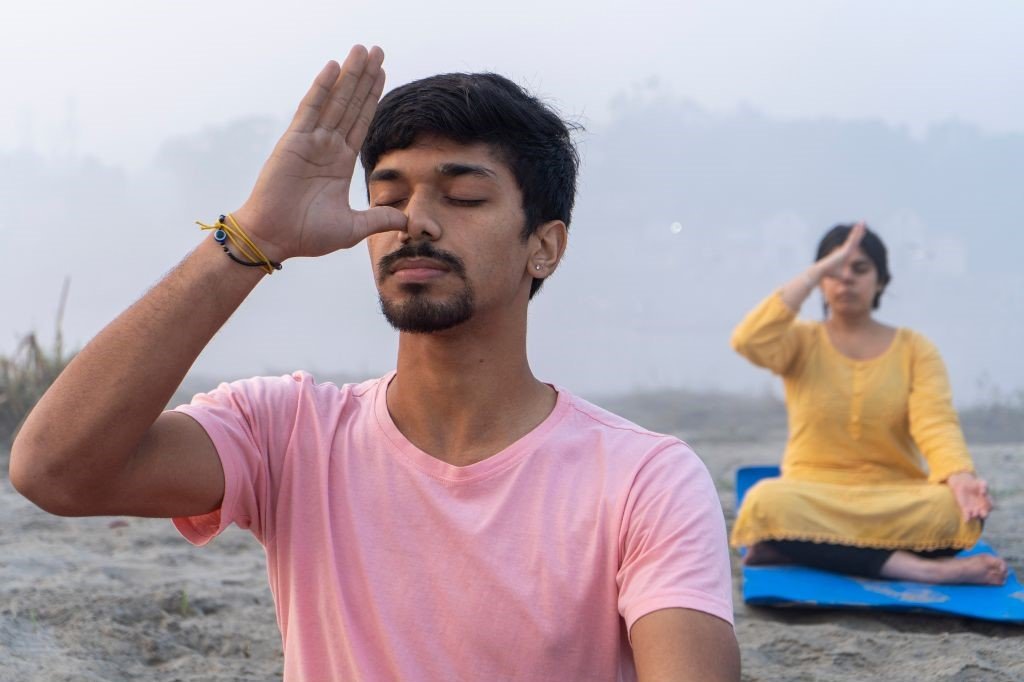
Sometimes, simple breath-led movements can create profound meditative experiences. Practices like Kundalini yoga or breathwork-based exercises involve rhythmic movements guided by controlled breathing.
Examples:
-
Breath of Fire with arm movements
-
Kundalini kriyas for specific intentions
-
Somatic shaking to release trauma
Breath-focused motion can energize, ground, and center you within minutes.
Tips for Success with Active Meditation

Here are a few tips to make your active meditation journey more rewarding:
1. Start Small
Begin with short sessions—5 to 10 minutes is plenty. You can always extend your practice as it becomes more comfortable.
2. Be Gentle with Yourself
You’re learning a new way of being. Some days will be easier than others. Don’t expect perfection. The only rule is presence.
3. Experiment Freely
What works for one person might not work for another. Try different styles until you find what feels right for you. Follow your curiosity.
4. Drop the “Shoulds”
You don’t have to sit in lotus pose to be spiritual. You don’t have to chant “Om” to be mindful. Your path is yours alone.
5. Use Your Senses
Engaging your senses can help anchor your attention. Notice sounds, smells, textures, and colors as you move.
Common Challenges and How to Overcome Them
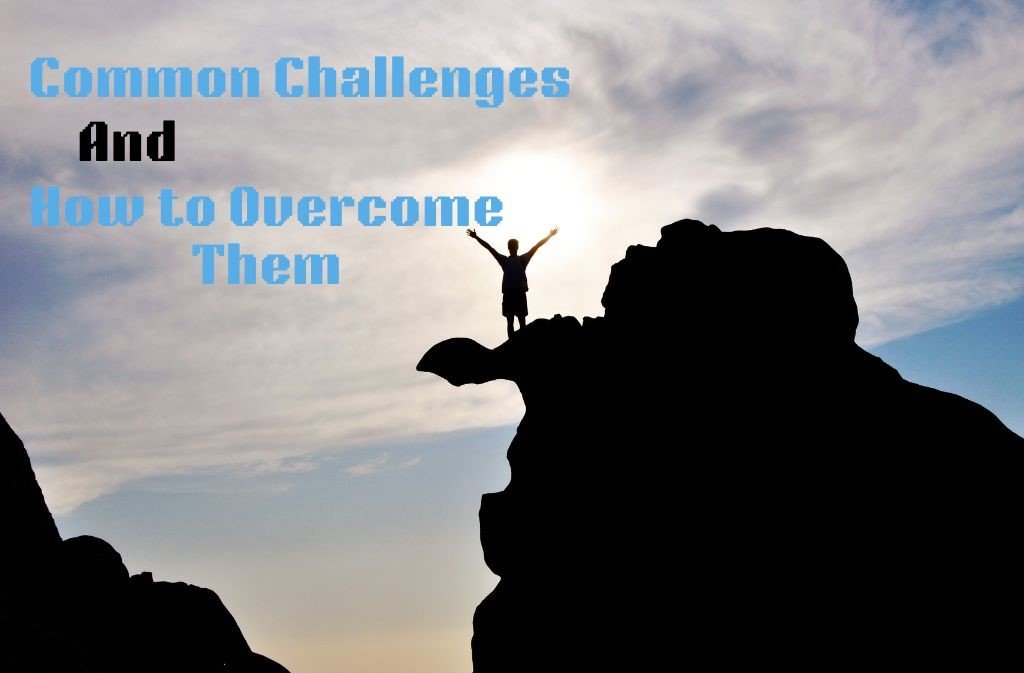
You might feel silly dancing alone or impatient while walking slowly. That’s okay. Be gentle with yourself. Set small goals, practice consistently, and remember there’s no right or wrong. Meditation is about presence, not perfection.
Can’t Sit Still? These Active Meditation Techniques Might Be for You
If you’ve struggled with traditional meditation, don’t give up on mindfulness altogether. Active meditation honors your need for motion while guiding you inward. Whether you’re walking, dancing, stretching, or breathing, these practices help calm the mind by moving the body. Find what feels natural and joyful. Stillness, it turns out, isn’t always about stopping. Sometimes, it’s about flowing.
Active Meditation and Mental Health
Research increasingly supports the mental health benefits of mindfulness and movement practices. Active meditation, in particular, offers unique advantages for:
-
Anxiety: Movement discharges anxious energy and creates a sense of agency and control.
-
Depression: Regular movement lifts mood by boosting serotonin and dopamine.
-
ADHD: Moving meditations can be more suitable than still practices for improving focus.
-
PTSD and Trauma: Somatic (body-based) meditation is often more effective for trauma healing than traditional talk therapy alone.
If you’re dealing with significant mental health challenges, consider working with a professional trained in trauma-informed movement practices.
Conclusion: Redefining What Meditation Means
It’s time to redefine meditation. It’s not a rigid, silent, or sacred-only practice. It’s a way of being—one that invites you to meet the moment with awareness, whether you’re dancing in your living room, walking through a park, or stretching on your yoga mat.
If you’ve ever said, “I can’t meditate,” maybe you just haven’t found your way in. Active meditation might be the key you’ve been looking for.
Don’t force stillness if it doesn’t fit you. Let movement be your mantra. Let presence be your practice. And let your body be the gateway to your mind.
A quick overview of the topics covered in this article.




